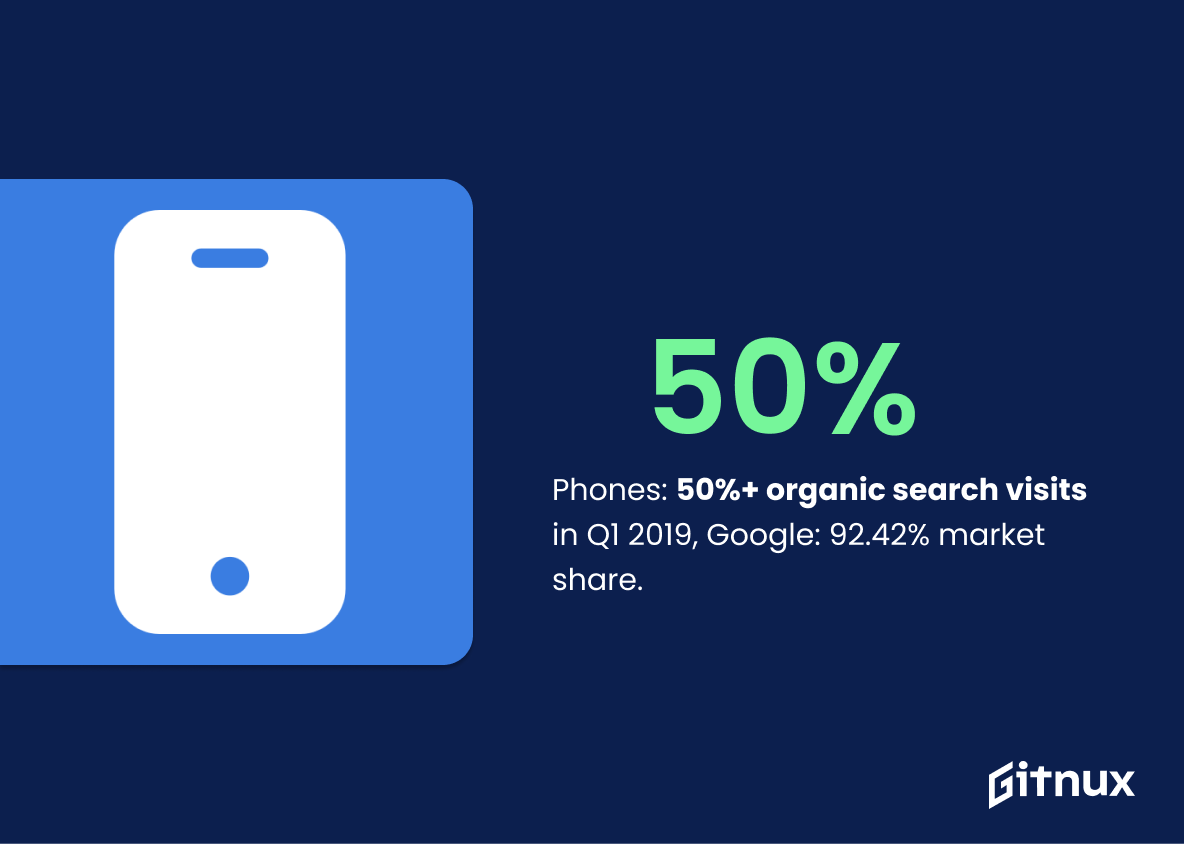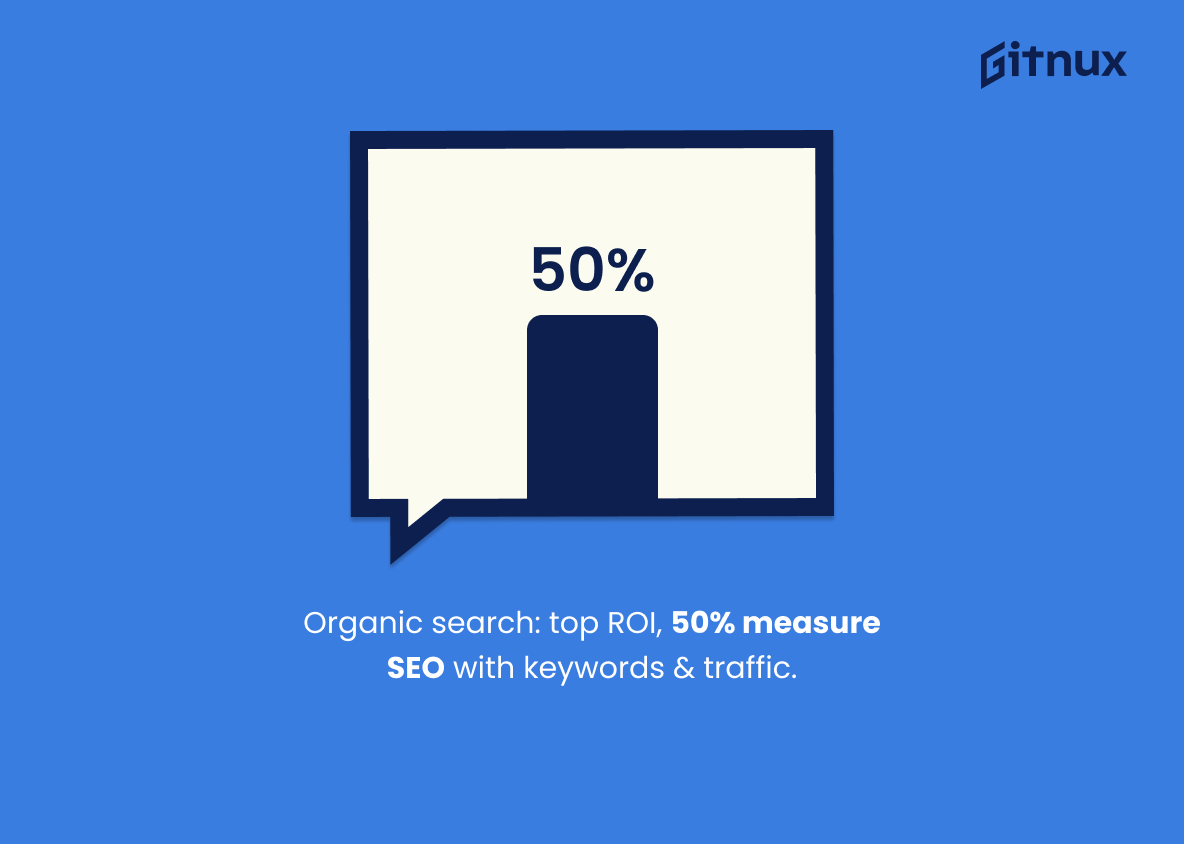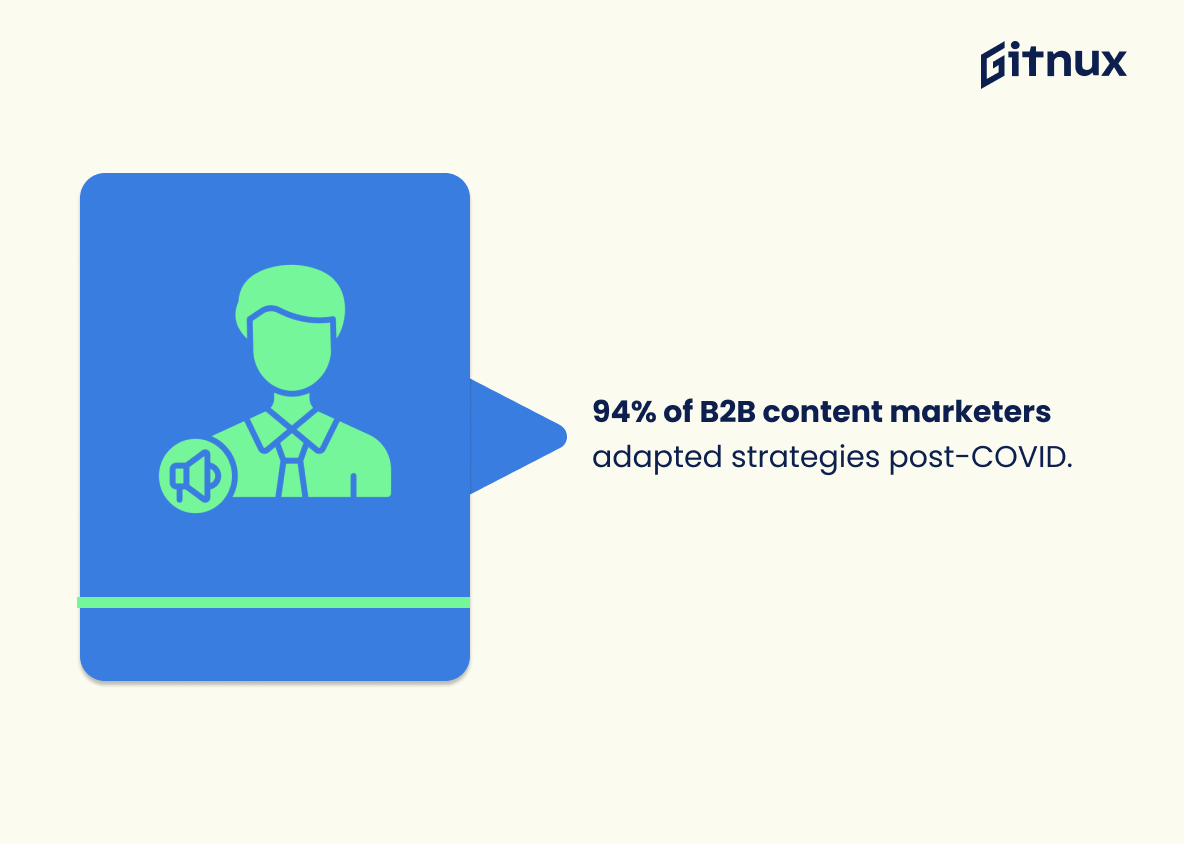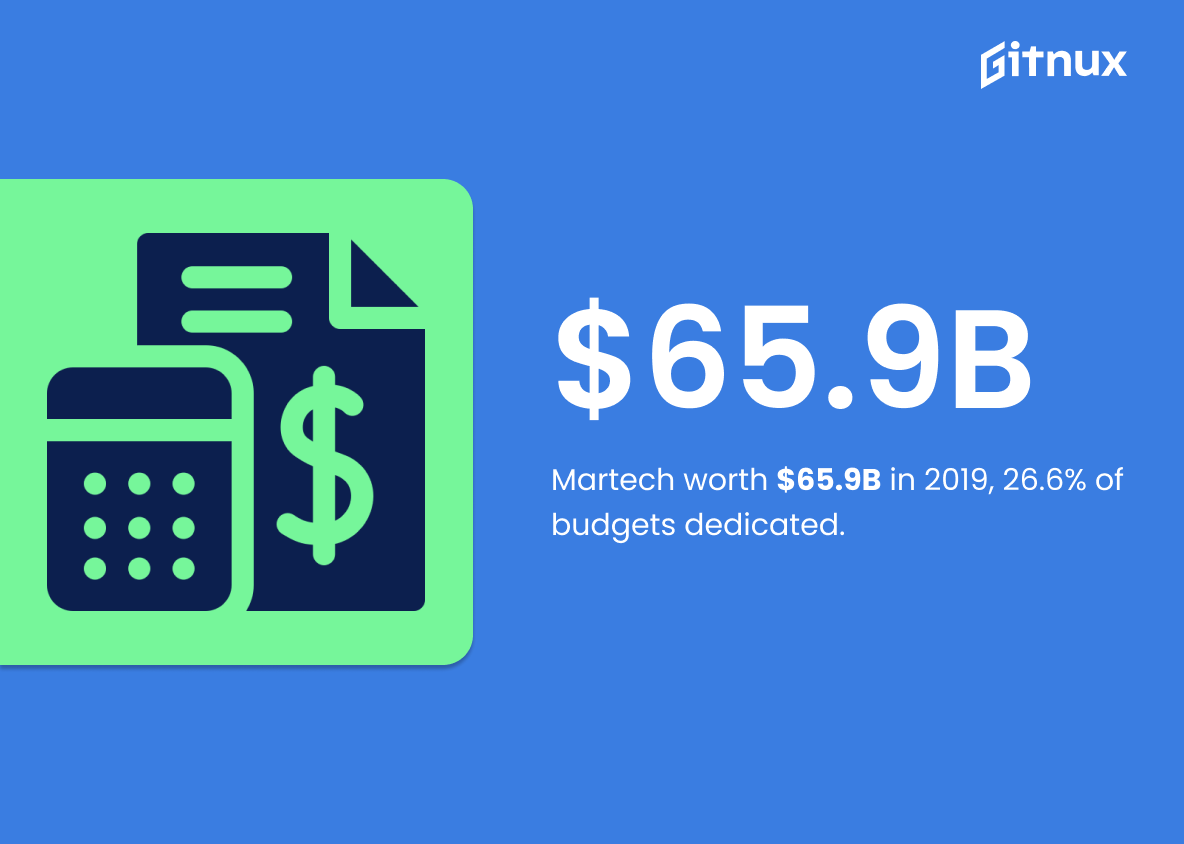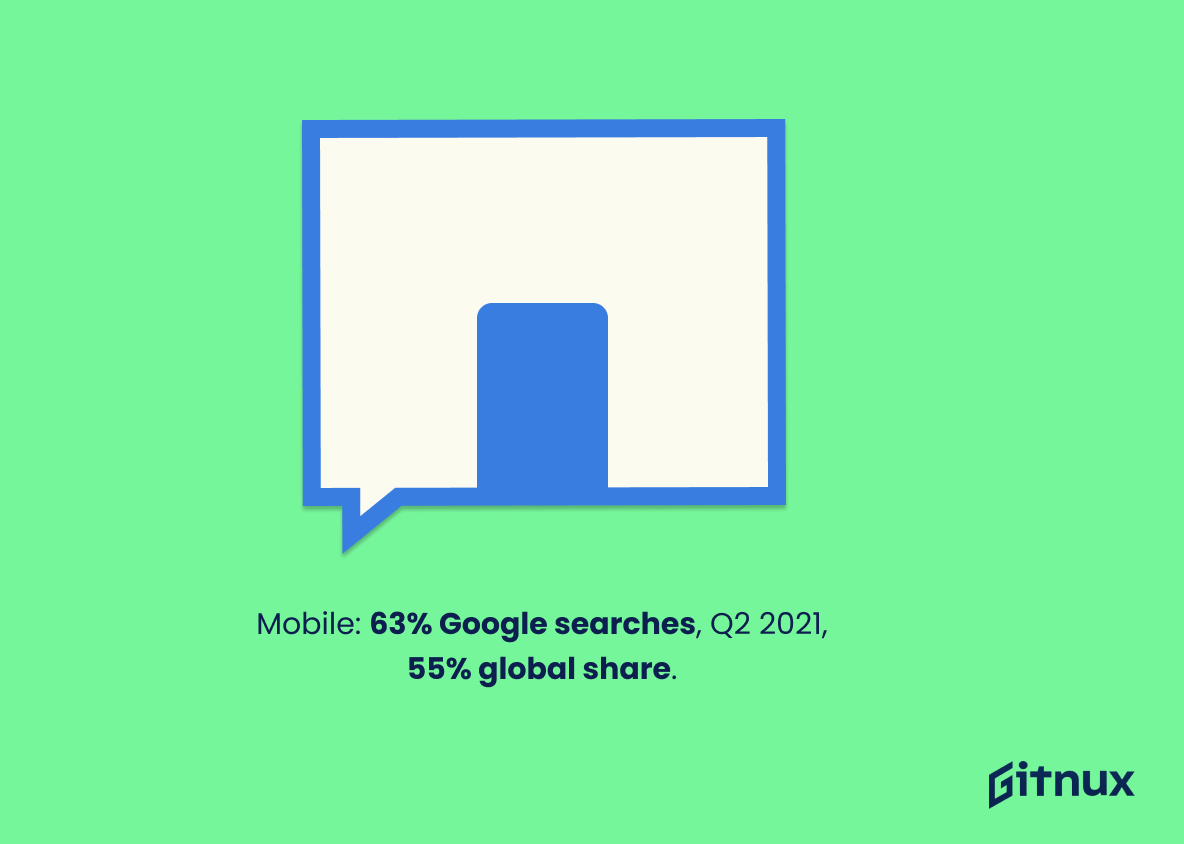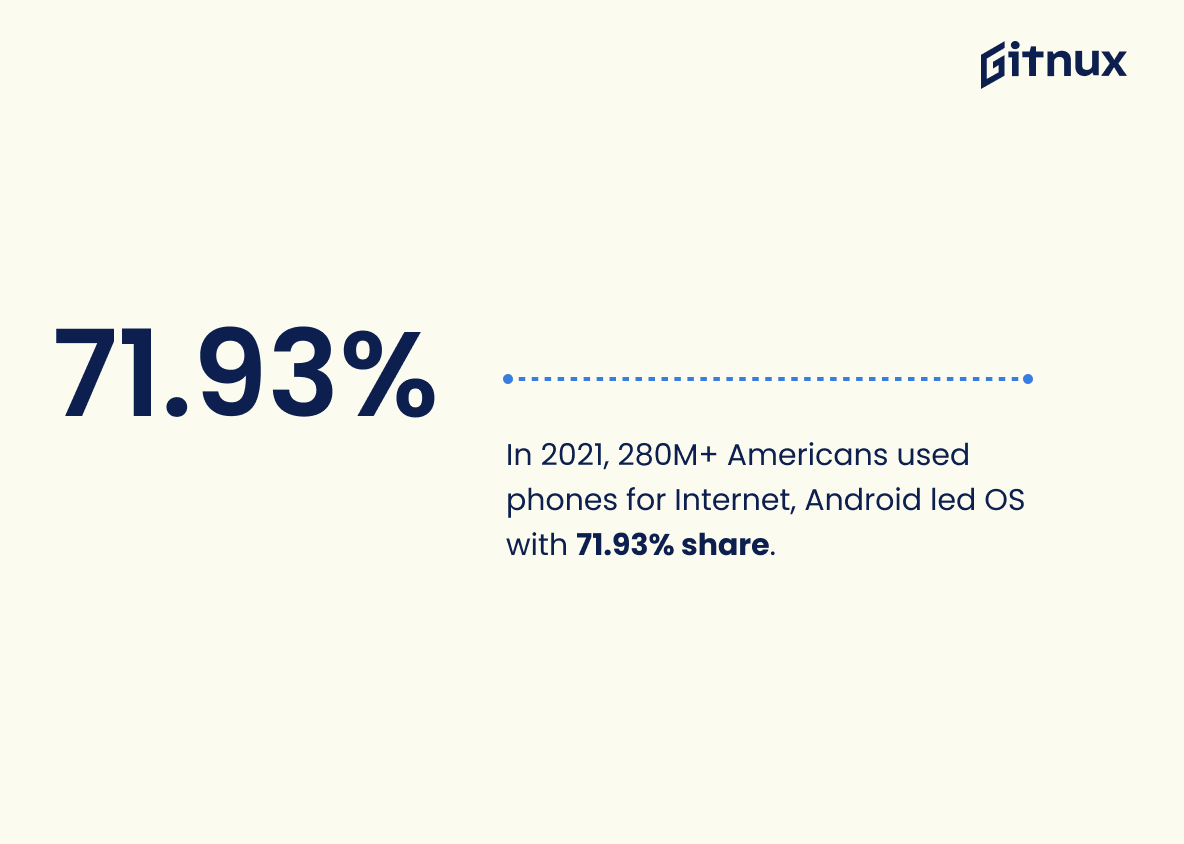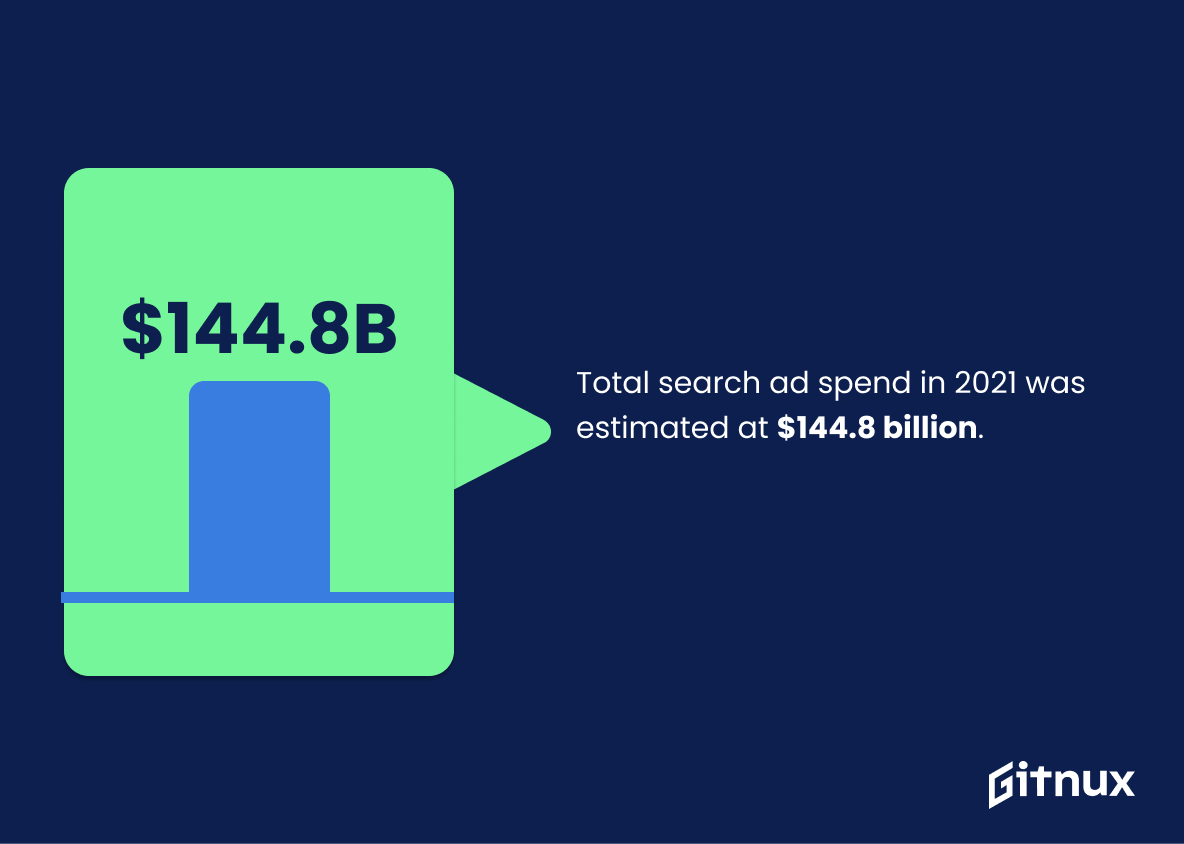The marketing industry is constantly evolving, and staying up to date with the latest trends and statistics is essential for any business. In this article, we’ll take a look at some of the most important marketing industry statistics and what they mean for your business.
We’ll explore the current state of the industry, the impact of digital marketing, and the importance of understanding consumer behavior. By the end of this post, you’ll have a better understanding of the marketing industry and how you can use this knowledge to improve your own marketing strategies.
Marketing Industry: Most Important Statistics
94% of B2B content marketers changed their content marketing strategy to adapt to the post-COVID world.
Total search ad spend in 2021 was estimated at $144.8 billion.
Marketing Industry: Statistics Overview
Phones accounted for over 50% of all organic search visits in Q1 2019, with Google having a 92.42% search engine market share.
Mobile phones are the most popular device used for organic search visits, and that Google is the dominant search engine in the market.
This is important for marketers to understand in order to optimize their campaigns for mobile devices and to target their campaigns to Google users.
Organic search generates the best ROI of any marketing channel, with 50% of marketers using keyword rankings and organic traffic to measure the success of their SEO strategies.
This is essential for marketers to understand, as it demonstrates the effectiveness of organic search as a marketing channel.
Short-form video has become a popular marketing tool and is expected to remain popular in 2023, with 90% of marketers increasing or maintaining their investment in it and 1 in 5 marketers planning to use it for the first time.
Short-form video is a viable marketing tool and is likely to remain popular in the coming years.
This is important for marketers to know as it can help them decide how to allocate their marketing budget and resources.
94% of B2B content marketers changed their content marketing strategy to adapt to the post-COVID world.
This statistic is significant because it shows how the marketing industry has had to quickly adapt to the changing dynamics of the post-COVID world.
It highlights the need for businesses to be agile and responsive to changes in the market in order to remain competitive.
CMOs spent 26.6% of their annual budgets on marketing technology in 2021, with CDPs and content marketing being the most fundamental technologies.
There is an importance of investing in marketing technology to stay competitive and up-to-date with the latest trends.
It also highlights the need for companies to focus on customer data platforms and content marketing in order to maximize their marketing efforts.
The Martech industry was estimated to be worth $65.9 billion in 2019, with 26.6% of marketing budgets dedicated to it.
This shows the importance of Martech in the marketing industry, even during a time of economic uncertainty such as the Covid-19 pandemic.
It also shows the potential for growth in the industry, as the global market value is estimated to be $121 billion.
Mobile devices accounted for 63% of organic searches on Google in Q2 2021, and 55% of the global market share.
This demonstrates how mobile usage is becoming increasingly dominant in the digital space.
With more people relying on their mobile devices for online activities, marketers need to ensure that their campaigns are optimized for mobile devices in order to reach their target audience.
In 2021, over 280 million Americans are using their phones to access the Internet, with Android leading the mobile operating system market with a 71.93% share.
Mobile advertising is quickly becoming the primary means of content consumption for Internet users, accounting for over 50% of global ad spending, and 51% of marketing teams’ advertising budgets are going to mobile ads.
This increases impact and approachability in terms of target users, prompting businesses to implement mobile marketing strategies.
Total search ad spend in 2021 was estimated at $144.8 billion.
There is a growth of digital ad spend worldwide, which is an important indicator of the industry’s overall health.
It also shows that search ad spend is increasing, which is important for marketers to understand in order to make informed decisions about their marketing strategies.
In 2021, total media ad spending reached $455.30 billion with 86% of campaigns resulting in profits, however, 73% of customers hate pop-up advertisements.
This statistic is significant to the marketing industry because it shows the effectiveness of ad campaigns and customer sentiment towards certain types of advertisements.
It also highlights the potential of overseas markets, as 36% of clicks in American ads come from overseas Internet users. This can help marketers understand where to focus their efforts in order to maximize profits.
Conclusion
In conclusion, the marketing industry is an ever-evolving and constantly changing field that requires staying up to date with the latest trends and statistics. By understanding the current marketing industry statistics, businesses can make informed decisions about their marketing strategies and stay ahead of the competition.
With the right marketing strategies and tactics, businesses can maximize their reach and increase their customer base.
References
1 – https://www.smartinsights.com/digital-marketing-strategy/100-must-see-marketing-stats/
2 – https://www.wpbeginner.com/research/marketing-statistics-trends-and-facts-updated/
3 – https://blog.hubspot.com/marketing/marketing-trends
4 – https://outgrow.co/blog/marketing-trends-statistics
5 – https://www.statista.com/topics/4317/marketing-technology/#topicOverview
6 – https://www.lxahub.com/stories/martech-stats-and-trends-for-2022
7 – https://thesocialshepherd.com/blog/digital-marketing-statistics
8 – https://financesonline.com/statistics-marketing/
9 – https://www.wordstream.com/blog/ws/2022/04/19/digital-marketing-statistics#:~:text=The%20compound%20annual%20growth%20rate,digital%20advertising%20and%20marketing%20market.
10 – https://financesonline.com/statistics-marketing/
ZipDo, cited June 2023: Marketing Industry Statistics
